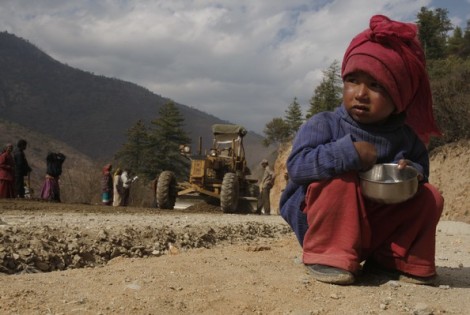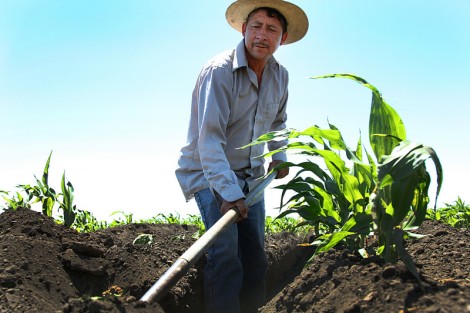
Labor migration has become an increasingly important feature in the current economic environment. As many developed and developing countries head towards an economic malaise, the unemployment rate is increasing at a rapid pace. The number of people unemployed worldwide is projected to rise to more than 205 million in 2014 and to nearly 211 million in 2017, affecting mostly East Asia, South Asia, Sub-Saharan Africa and advanced economies (ILO; Global Employment Trends 2013). The countries that had managed to halt the rising unemployment trend have experienced a worsening in job quality due to the increase in vulnerable employment and in the number of workers living below or near the poverty line. Currently, about 397 million workers are living in extreme poverty and an additional 472 million workers cannot meet their basic needs on a regular basis. Against this backdrop, many people are compelled to migrate to countries or cities with higher-income economies in search of better living conditions and employment opportunities. The differences in demand for labor, wage differentials between home and potential destination regions or countries, and the need to provide for the family became the main drives for migration.
Despite the controversial effect of migration, research in the area of development suggests that migration is beneficial both on an individual and country level (Rapoport and Docquier 2006; Ratha&Mohapatra 2007). At the micro-economic level, remittances increase the living standards and alleviate the poverty of the individuals and households to whom they are sent. For many families with low income, migration of one or more members is an important, if not the only way of earning a living. A significant proportion of the money received (80 to 90 %) is spent on basic necessities such as food, clothing, transportation and housing, thus generating a higher demand for consumption goods and services in the receiving community and leading to increases in production. Recently, due to the alleviation of credit constraints, there has been a considerable increase in expenditure in health care, education and investment goods, which translates into higher local employment and human capital investment (Afsar 2003; Adams 2005; Acosta 2006; Edillon 2008).

It has been estimated that more than 800 million poor people live in rural areas of the developing world whose survival depends on agriculture and related activities (IFAD 2008). Therefore, remittances play an essential role in ensuring food for many poor rural households, constituting an efficient strategy for facing adversities such as low agricultural productivity and the inherent risks and instability of farming activities. Investments are also done in farm and non-farm activities, which can create employment opportunities (IFAD 2008). Furthermore, due to the lift of the liquidity constraints, remittances in certain rural areas have been seen as a determinant factor in higher school enrollments and educational attainment of children of migrants (Edwards and Ureta 2003). Remittances undeniably boost consumption levels, investment and economy activities within the community. In the long run, an improved local economy would increase community autonomy and decrease dependence on external sources of income.
On the macroeconomic level, there is substantial evidence that remittances are an increasingly important and relatively stable source of external finance that often plays a critical social insurance role in countries afflicted by economic or political crises. Since remittances have proved to be less volatile than other approaches, they have become increasingly integrated in poverty reduction strategies for developing countries. This has proven far more effective than foreign direct investment (FDI) and official development assistance combined. On the basis of an analysis of a data set covering 71 developing countries, Adams and Page (2005) found that international migration and remittances significantly reduce the level, depth and severity of poverty in the developing world. Their results suggest that on average “a 10% increase in per capita official international remittances will lead to a 3.5% decline in the share of people living in poverty” (Adams&Page 2005:1660).
Hans Timmer, Director of the World Bank Development Prospects Group confirmed the broad importance of remittances to the development of countries. According to him, “The role of remittances in helping lift people out of poverty has always been known, but there is also abundant evidence that migration and remittances are helping countries achieve progress towards other Millennium Development Goals (MDGs), such as access to education, safe water, sanitation and health care.”
